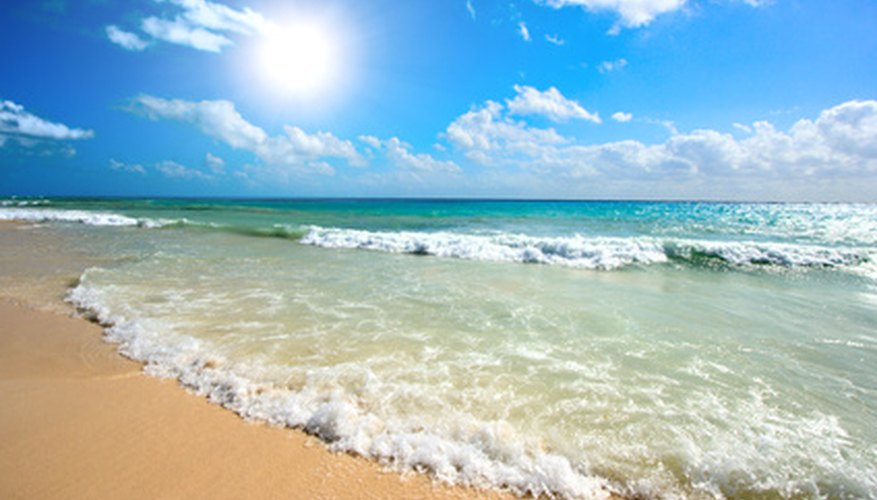Calypso makes the heart happily skip as its sounds intertwine with exotic beats. Steel drums clanging to lyrics, or driving instrumentals, transport your spirit to a tropical paradise where carefree moments under a warm sun are a regular event. You can't help smiling and wiggling at least a little bit as this vibrantly rich form of Caribbean music travels into your ears.
Kalinda Roots
The Caribbean island of Trinidad contains a wealth of calypso music history. Columbia College of Chicago stated calypso "has roots in the kalinda, a colourful ceremonial duel between two opponents armed with heavy staffs." The early music of this region was distinguished by a frequent focus on socio-political topics and satirical forms of protest.
Calypso Tents
Calypso music emerged from within the Calypso tents of Trinidad, where masquerade bands would play. The tents, made of palm tree branches and poles, kept the rain from dousing attendees and performers.
- Calypso makes the heart happily skip as its sounds intertwine with exotic beats.
- Calypso music emerged from within the Calypso tents of Trinidad, where masquerade bands would play.
New Music Tradition
In an article titled "Documenting Calypso in New York and the Atlantic World," Stephen Stuempfle shared that calypso was the "first popular music traditions from outside North America and Europe to be commercially recorded." The first recording, of a Trinidadian band led by George Bailey, took place in New York in 1912.
World War II Popularity
One of the top hits in the World War II era was "Rum and Coca-Cola," by the Andrews Sisters. The presence of Army and Navy personnel in Trinidad inspired recordings of calypso music stars. After the war, record companies promoted Trinidadian singers such as Macbeth the Great, Sir Lancelot and the Duke of Iron.
King of Calypso
In a letter dated Sept. 12, 1958, Eleanor Roosevelt described Harry Belafonte as "The King of Calypso." After seeing him perform at a gala, a delighted Mrs. Roosevelt revealed how Belafonte won over his audience before he began singing. She concluded her letter by saying, "At least artists in the United States can come to prominence and be popular, regardless of race or colour."
- In an article titled "Documenting Calypso in New York and the Atlantic World," Stephen Stuempfle shared that calypso was the "first popular music traditions from outside North America and Europe to be commercially recorded."
- In a letter dated Sept. 12, 1958, Eleanor Roosevelt described Harry Belafonte as "The King of Calypso."
